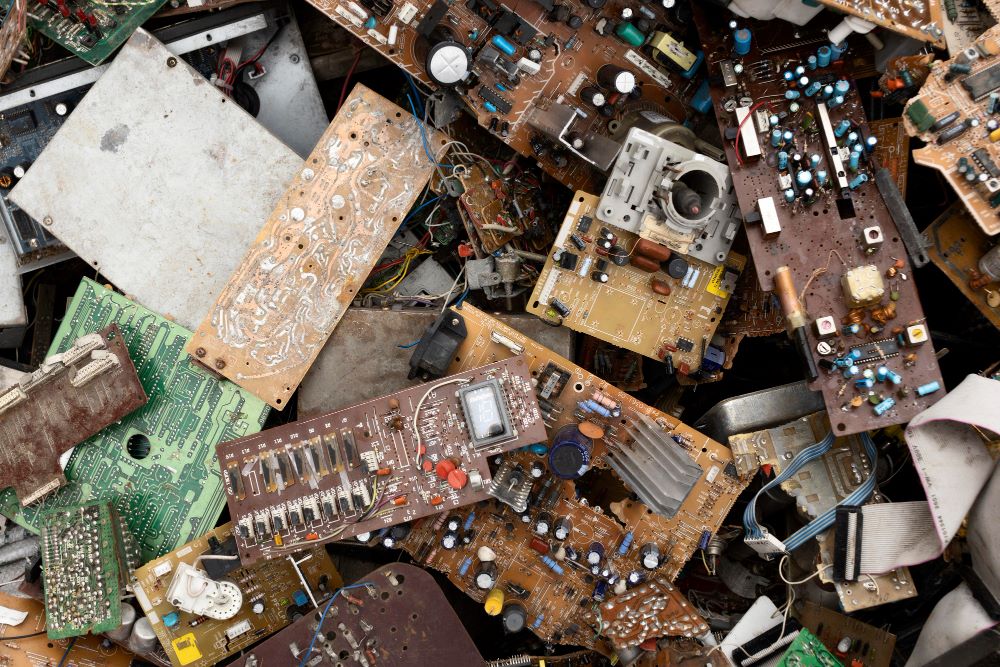Generative AI expansion could create up to five million tonnes of e-waste
The development of generative artificial intelligence, and in particular of large language models, could generate between 1.2 and 5 million tonnes of accumulated electronic waste between 2020 and 2030, according to a study published in Nature Computational Science. The study estimates the mass of waste generated by hardware elements such as processing units, storage units and power supply systems.

Shaolei Ren - ewaste IA EN
Shaolei Ren
Associate Professor of Electrical and Computer Engineering at the University of California, Riverside
The conclusions are supported by best available data in the public domain and scientifically valid methods.
While many research studies have estimated and highlighted the overall scale of e-wastes, this study specifically examines e-wastes produced by generative AI, one of the fastest-growing applications.
The study uses Nvidia's DGX H100 server as a benchmark to estimate e-wastes of future-generation servers. Although predicting future hardware developments is challenging, I consider the paper’s projection a reasonable gauge of the e-waste likely to result from generative AI.
E-waste is a critical yet often overlooked issue when considering the future societal impacts of generative AI. This paper brings attention to the e-waste generated by generative AI and, I believe, will invite further discussion. Importantly, it highlights the crucial role of a circular economy in achieving truly sustainable AI.
Peng Wang et al.
- Research article
- Peer reviewed



